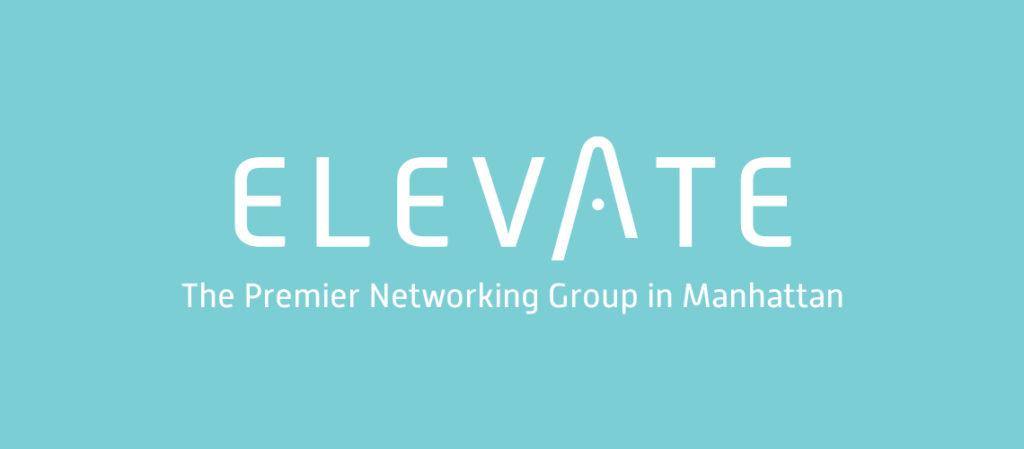Welcome back everybody. And just welcome if you’re a guest and this is your first time at Elevate.
I hope you had a nice July 4th break, enjoyed the holiday weekend and made the most of last Wed’s reprieve to sleep in, or whatever you did in place of your typical Wed morning routine.
It may be — at least in part — because I’ve moved recently, but it occurs as if there are quite a few winds blowing these days — those of change, and also of new opportunity.
And I’ve been in a lot of conversations, for myself and with clients, that indicate a strong desire to keep growing but also the tendency to keep getting caught up in Life’s tiny complexities.
And if these go unnoticed, we can get stressed and overwhelmed by all of the things.
So today let’s get reacquainted with something impactful, yet fundamental. The Power of Yes and No.
Naturally we have all said both of these words more times than we can count. But rather than get interested in quantity, let’s take a look at the when and the how we say them.
Each of us has a natural tendency to choose one over the other. Pause for a moment and consider the question, “Do I tend to lead with yes or no?” And of course in the Giver’s Gain environment of Elevate, we all tend to be oriented toward giving. So consider looking beyond this container, at the way you generally show up in life.
We need both of these answers, these declarative statements. Yes, and no. And having facility with both is essential to effective communication, relationship building, and getting what we actually want.
Personally I’m more of a “yes” than a “no.” And though I know the other one too, my default, my automatic, for a long time was yes. Even if it lead to my discomfort. Because it also avoided the discomfort I perceived would be created in others. In the end it’s really a trade. And it’s also a trade for most people who more often choose no.
Remember, we’re talking about our automatic process. Our default, or leading instinct. So this is also the answer we tend to choose when we’re scared, uncertain, confused, or triggered. It’s just our natural pull toward one side. And consciously or otherwise — we tend to protect, to avoid, and to get smaller. We prioritize comfort and safety.
Let’s generalize for a moment, to make a point, and say that the “yes” people like me are people pleasers. We source ourselves from the value we provide for others. But we can become exhausted from trying to be all things to all people and we often neglect our own needs. We can also be selfish, when we’re “forced to be,” because we’ve trained the world to not need to look out for us. And let’s say that the “no” people are more guarded and self reliant, but can also be isolated because they’ve learned to meet their own needs. So relationships can sometimes be challenging and even transactional.
In other words, there’s a cost and a benefit to either side. But the opportunity for growth comes from practicing the weaker muscle — the opposite of where we tend to go. If you are quick to say no, try being a bit more open. If you’re always saying yes, how about sitting out for a few?
Ultimately, yes and no come down to where we allocate our resources. Do we send them out and make new investments with our efforts? Or do we tend to hold onto as much as we can?
It can actually be fun to practice the other side. Because it will offer the benefits that we may not experience from our typical orientation.
It can also cultivate the the kind of leadership muscles that will pay dividends both inside and beyond the walls of our businesses.
Because this kind of awareness can impact how we show up everywhere.
Allow yourself to take a look at which path has more wear. And then maybe take a stroll on the other side and see how the other half lives.

